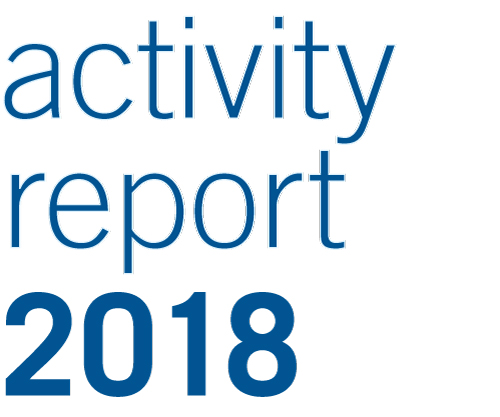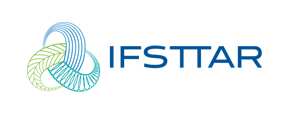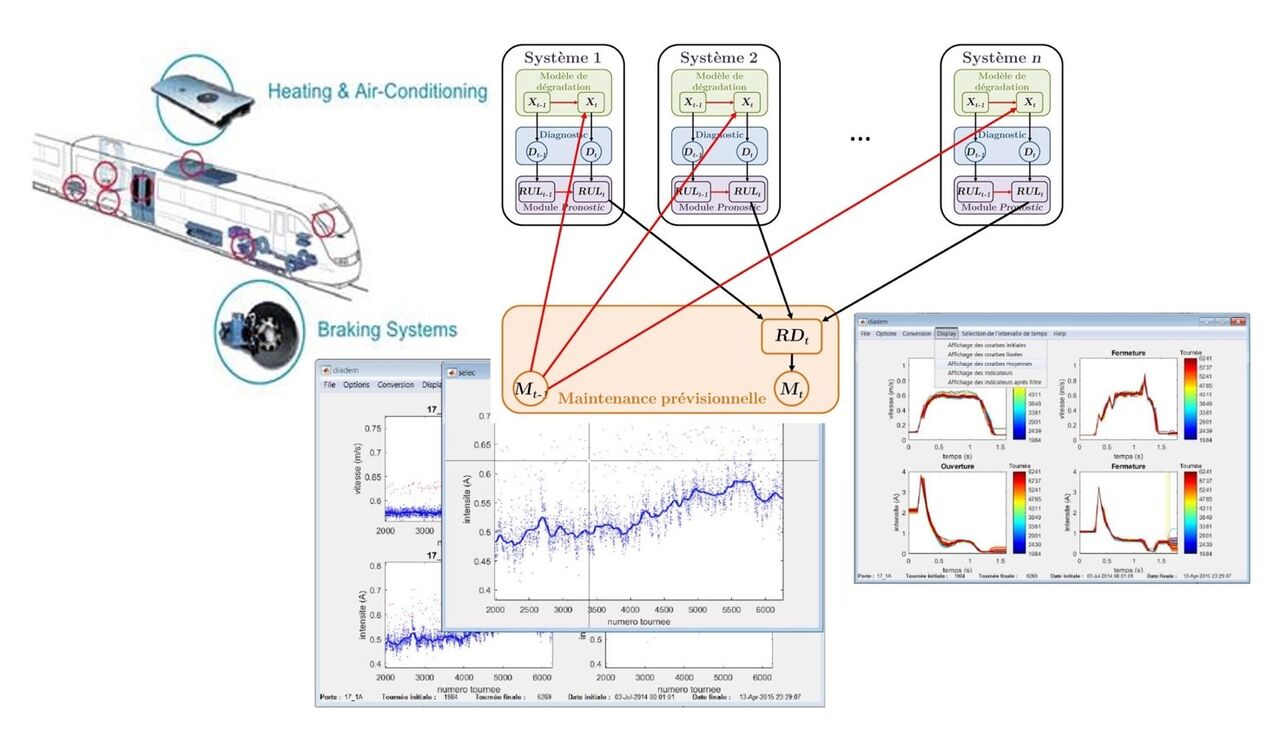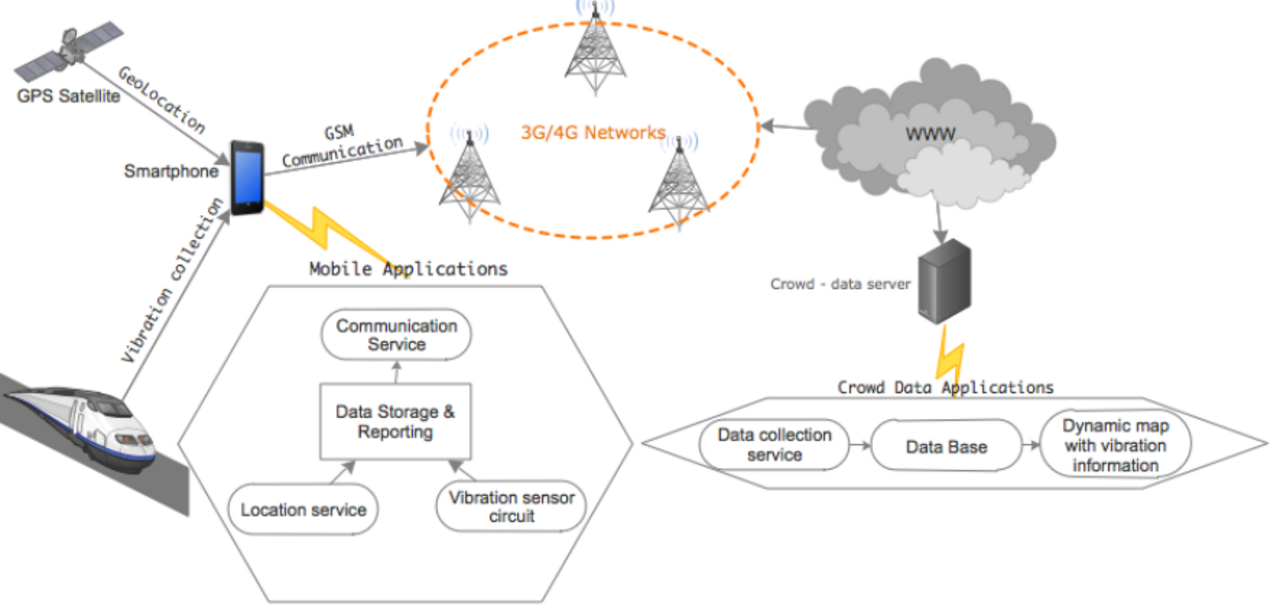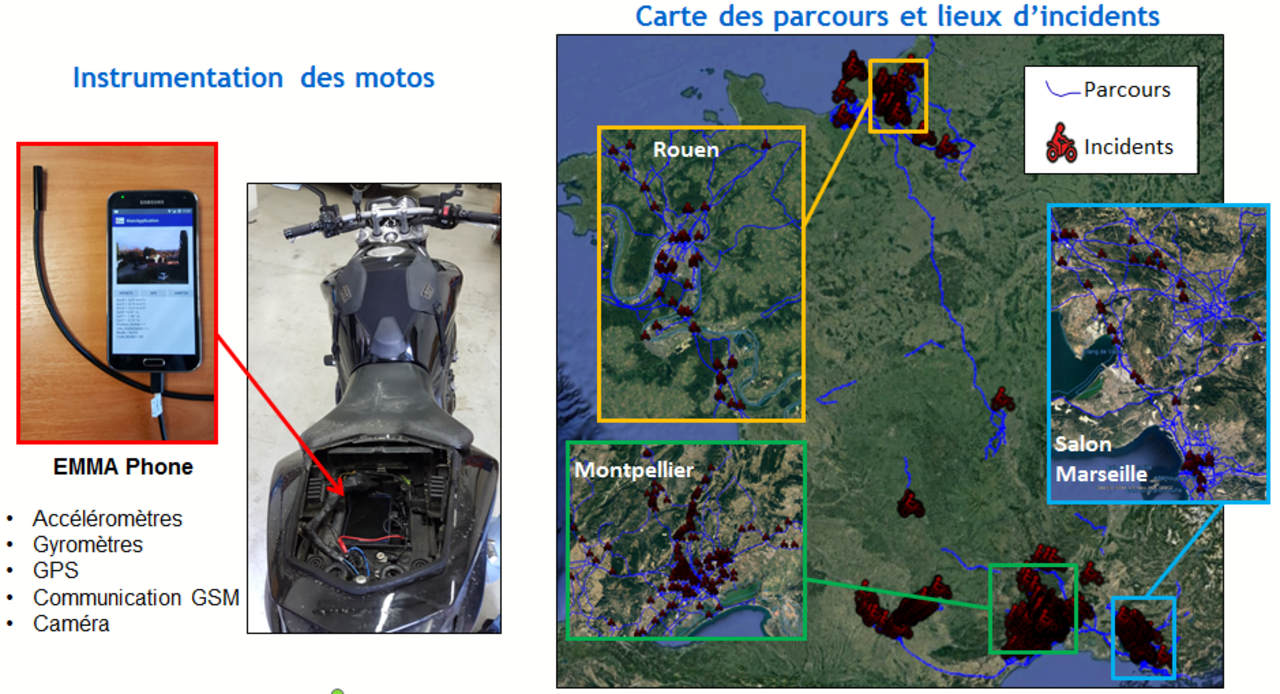Diagnosis
The socio-economic challenges arising from safety requirements for people and equipment, the need to protect the environment and reduce pollution and achieve productivity gains from increasingly complex systems, mean that diagnosis and maintenance issues are a central concern when it comes to optimising industrial processes. Vehicle-borne equipment offers significant potential in terms of data collection for monitoring both the operation of vehicles and the infrastructure they run on. Appropriate data processing and algorithms permit precise diagnoses for optimal maintenance or to identify defects or damage that could jeopardize safety. Thus, assessing a technical situation and developing a maintenance policy which is not only corrective and preventive but also predictive (prognosis, diagnosis, and damage monitoring) is a major scientific and technical problem that must be solved in order to improve processes and reduce risks. This applies to the field of transport, as shown by the three topics we shall present hereafter, namely the maintenance of on-board systems on trains, the maintenance and monitoring of different types of railway lines, and the maintenance of road markings for road transport.
The ANR DIADEM project – Dynamic diagnosis and predictive maintenance for on-board train systems
These systems are regularly inspected to ensure the rolling stock is properly maintained. The major challenge for operators is to maximise train availability without increasing costs, through conducting predictive and conditional maintenance. In this context, both manufacturers and operators look for ways of implementing conditional maintenance based on the actual state of the system and more particularly on prognosis, the aim being to anticipate equipment failures. By developing innovative tools for the diagnosis and maintenance of on-board subsystems, the operator is able to optimally plan maintenance operations, the logistics of its trains in depots and workshops, as well as supply of the necessary parts. The objective of the DIADEM project was to develop diagnosis and prediction tools for three sensitive components of railway rolling stock (the air conditioning, braking system and doors). For this purpose, tools for analysing raw data from on-board door instrumentation were proposed. With regard to prognosis, residual life estimation algorithms for discrete state systems have been developed.
NeTIRail-INFRA – Needs Tailored Interoperable Railway Infrastructure
In order to improve the performance of rail operation in different operating contexts while ensuring high levels of safety and interoperability, the European H2020 programme funded the NeTIRail-INFRA project between June 2015 and May 2018.
This project aimed to develop innovative technological solutions to optimise the monitoring and maintenance of different types of railway lines: saturated, mixed medium-density and low-density traffic (dedicated to freight or little used). The monitoring solutions that were developed are based on low-cost technologies (GNSS, GSM, accelerometers) and can be deployed at the trackside and on moving trains. Under certain conditions, they make it possible to reduce the use of special "measuring" trains, which is both costly and operationally complex.
The contribution of the ESTAS laboratory (COSYS department) to this project focused in particular on analysing the operational safety of S&C (Switches and crossings), which are critical elements for the safety and availability of the infrastructure, as well as on developing a data model that includes and correlates all the monitoring data generated by the developed solutions. Several demonstrators have been built based on the results and these have been presented at various scientific events, such as TRA2018.
Diagnosis of Infrastructure and Vehicle Dynamics for Motorcycles and Passenger Cars (DYMOA project)
The DYMOA project, which was led by IFSTTAR and conducted in partnership with CEREMA and the Assurance Mutuelle des Motards, was funded by the French Road Safety Foundation (Fondation Sécurité Routière). Its goals were as follows:
- To develop methods for diagnosing roads and their use by motorised two-wheelers (M2W). A secure on-board recorder based on a secure dedicated smartphone which fitted onto an M2W has been developed, a legal procedure has been put in place to guarantee data confidentiality (protection of personal data) in accordance with drivers' rights, and criteria for detecting incidents based on vehicle dynamic thresholds have been defined. A fleet of 30 MTWs and 10 light vehicles was instrumented. Data collection was performed for one year and covered three areas. It recorded 3,200 routes (totalling about 42,000 km) and identified 700 events and 430 incidents.
- To produce knowledge on M2W use, distinguishing between interactions with the infrastructure and the use of the capabilities of M2Ws, including driving speeds. Some types of infrastructure that pose problems for M2Ws have been identified as well as some high-risk zones. Hazardous road design features or zones were analysed. The use of the dynamic capabilities of the M2Ws was compared with that of the light vehicles. The value of a speed monitoring system linked to the infrastructure was demonstrated. The specific infrastructure-related M2W safety issues were identified through the analysis of more than 71,000 accident cases.
